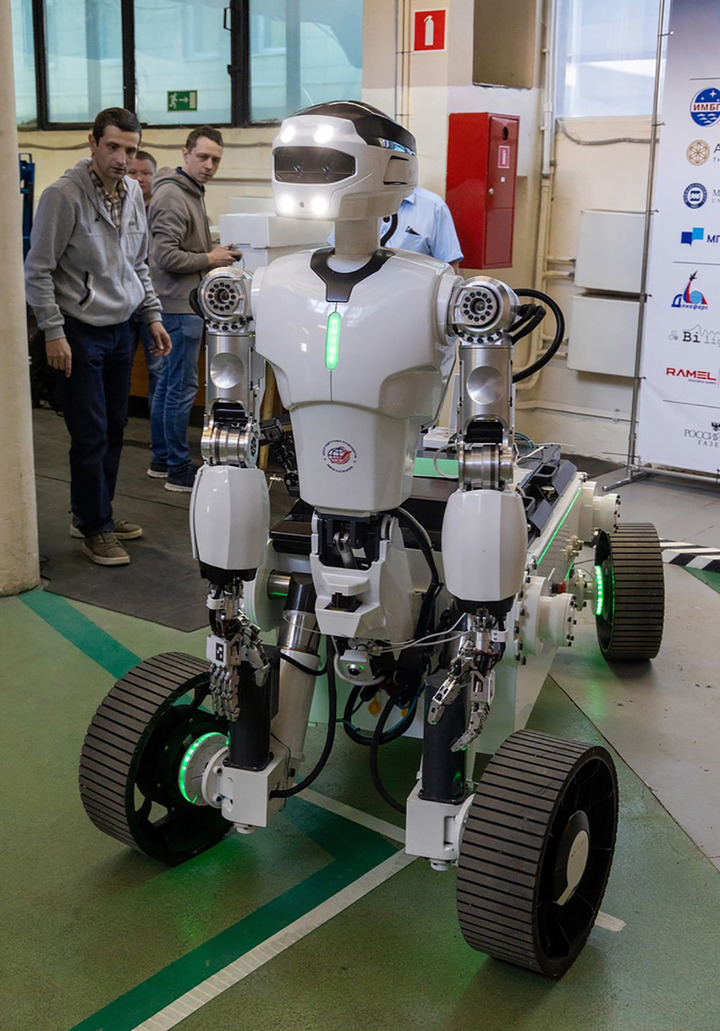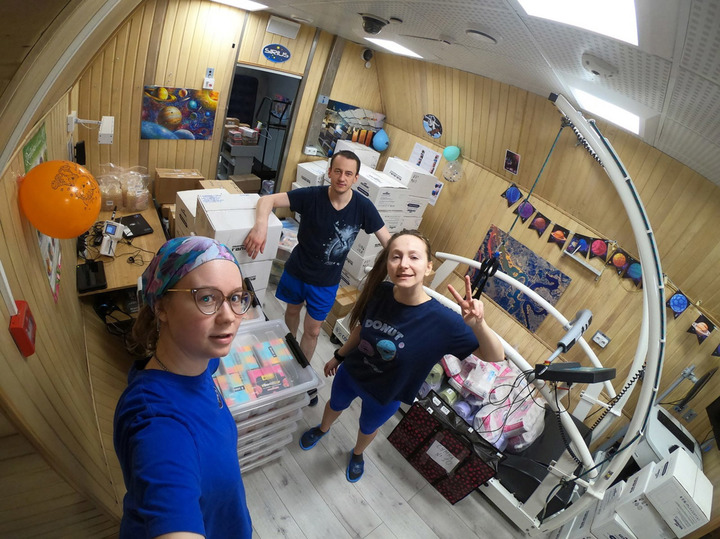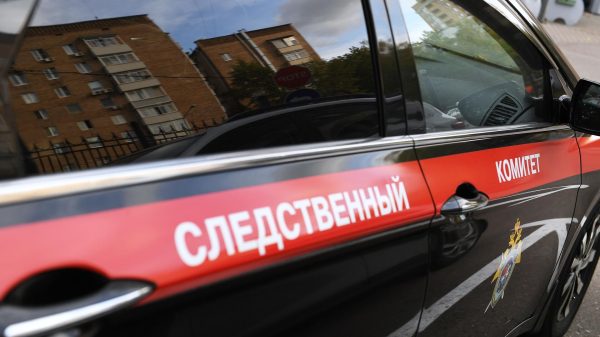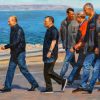At the Institute of Medical and Biological Problems of the Russian Academy of Sciences, the 198th day of the experiment on the annual isolation of a group of testers is underway
Participants in the annual isolation experiment SIRIUS-23 tested a new anthropomorphic robot on a moving platform during a simulation work on the surface of the Moon.

Let us remind you that five Russians are participating in the experiment, which began in November last year – employee of the Cosmonaut Training Center named after. Yu.A. Gagarin Yuri Chebotarev, Khabarovsk Airlines pilot Anzhelika Parfenova, allergist Ksenia Orlova, Aeroflot flight attendant, psychologist, journalist, junior researcher at the Institute of Biomedical Problems Ksenia Shishenina, doctor at the Institute of Biomedical Problems Rustam Zaripov and junior researcher at the Institute of Physico-Organic Chemistry NAS of Belarus Olga Mastitskaya.

Starting from May 20 the crew members had a very eventful life: they received the “arrived” to them a “transport ship”, docked it with their “interplanetary complex” (ground-based experimental complex of the Institute of Biomedical Problems of the Russian Academy of Sciences). At the same time, we experienced insomnia, or, scientifically, sleep deprivation for 36 hours. This is necessary in order to understand how prolonged lack of sleep will affect their psychological state. A sleep deprivation experiment was combined with one of the most enjoyable «on board» activities in the world. – unloading the cargo ship, on which the “cosmonauts” new scientific equipment, food, gifts from family and friends arrived.
Then work began on landing “on the surface of the Moon.” This landing operation was divided into two stages. At first, the crew members themselves landed on the surface in small groups and performed “on the Moon” tasks. series of necessary tests. For example, we moved along the surface wearing virtual reality glasses, which create the illusion of being on an earthly satellite, and experienced lunar gravity, reduced by 6 times in relation to earthly gravity, at a stand with a sign.
 An anthropomorphic robot on a moving platform, a “relative” of the robot Fedor. Photo courtesy of IBMP RAS
An anthropomorphic robot on a moving platform, a “relative” of the robot Fedor. Photo courtesy of IBMP RAS
Upon completion of extravehicular activities, the experiment crew members took part in the second stage of research, – using a universal anthropomorphic robot on a moving platform. It is organized by the Yu.A. Gagarin Training Center with technical support from the NPO Android Technology.
The robot's head is very reminiscent of the Fedor robot that flew to the ISS. The new robot, unlike Fedor, has four wheels that allow it to move around the surface (its configuration somewhat resembles a centaur). The operator (the team members did this in turns) controlled it while being «in the ship», in an exoskeleton. Using a joystick, he made it drive “on the Moon,” and the machine repeated the rest of the man’s movements: it picked up stone cubes from the surface, moved them to the place indicated by the operator, etc.
 During the sleep deprivation experiment, the crew members dismantled the cargo that “flew in” from the ground. Photo courtesy of IMBP RAS
During the sleep deprivation experiment, the crew members dismantled the cargo that “flew in” from the ground. Photo courtesy of IMBP RAS
All this time, the crew members themselves were monitored, also remotely, by the experiment organizers. They were interested in possible changes in the quality of the operator activity of the “cosmonauts” on the almost two hundredth day of the flight.






















































Свежие комментарии